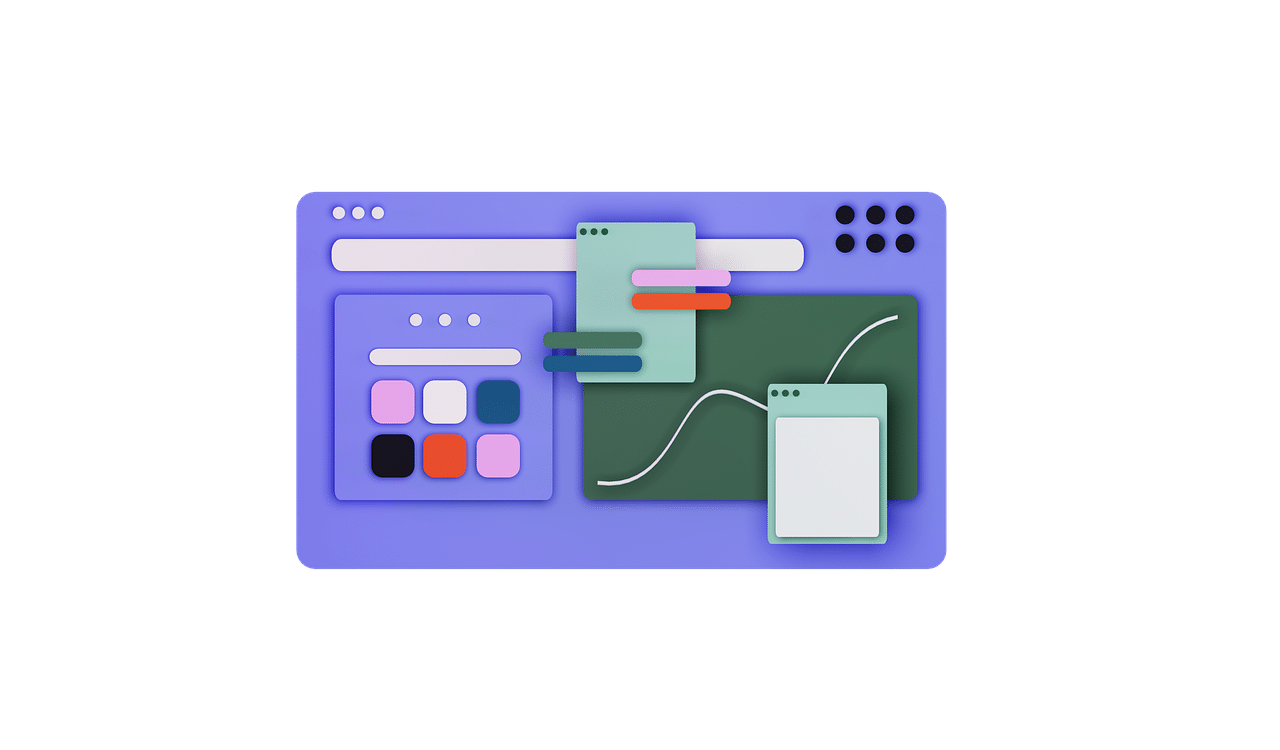In today’s fast-paced digital landscape, sustainable UI/UX design has evolved to mean more than just efficiency—it’s about creating scalable, reusable systems built to support long-term product evolution. For enterprise organizations, this means shifting toward design methodologies that reduce redundancy, improve performance, and support faster iteration without sacrificing quality.
Sustainable design practices in this context are not about environmental outcomes—they are about building UI/UX systems and design operations that reduce workflow waste, speed up time to market, and create reliable, reusable foundations across large product portfolios. This approach aligns directly with client priorities around operational efficiency, cost optimization, and digital agility.
In this article, we’ll explore why sustainable design frameworks—focused on componentization, pattern reuse, and longevity—are critical to enterprise UI/UX success and how they directly support your bottom line.
Why Sustainable UI/UX Design Matters in Enterprise Environments
Sustainable design is increasingly synonymous with strategic efficiency. Design decisions must scale across brands, platforms, and products for enterprises managing complex digital ecosystems. When executed well, sustainable UI/UX practices help teams design once and deploy consistently, reducing rework and boosting delivery velocity.
By creating centralized design systems, component libraries, and reusable UX patterns, businesses ensure consistency in branding and interaction patterns while minimizing the overhead of duplicative work. This strategic reuse of design assets saves time and reduces the need for continuous reinvention, allowing teams to focus their creative energy on innovation and differentiation.
The Business Value of Sustainable Design Systems
Design sustainable operations from a system and process standpoint to deliver measurable business outcomes. Here are key areas where strategic design sustainability pays off:
-
Reduced Design and Development Costs
Centralized design systems allow teams to quickly access pre-approved, production-ready components. This means less time reinventing essential interface elements and more time solving real user problems. In enterprise contexts, this reduction in design and development time significantly translates to actual cost savings when scaled across multiple teams, markets, and products.
-
Faster Time to Market
When teams can access a shared library of UX patterns, interaction models, and branded components, product cycles accelerate. UX teams can prototype faster, development teams can implement without waiting for bespoke specs, and QA teams encounter fewer inconsistencies. The result is a more agile, responsive product delivery cycle.
-
Increased Consistency and Brand Integrity
Inconsistencies in design execution often lead to fragmented user experiences in large organizations. Sustainable UI/UX practices enforce consistency through design tokens, templates, and style guides, ensuring every product is part of the same ecosystem. This not only improves the user experience but also reinforces brand trust and recognition.
-
Long-Term Scalability
Most importantly, sustainable design systems scale. As product portfolios grow, teams can extend rather than rebuild. Today’s Design investments continue to pay off as components are repurposed and adapted across future initiatives.
Key Practices for Sustainable UI/UX Development
Sustainable UI/UX design requires a commitment to structure, documentation, and collaboration. Below are the core practices that drive efficient, long-lasting design systems.
-
Build a Component-Based Design System
A centralized library of reusable UI components—buttons, forms, modals, cards, etc.—is the foundation of sustainable design. These components should be built to support flexibility and accessibility, then documented in a shared system that designers and developers alike can access. Platforms like Figma, Storybook, and Zeroheight are often used to manage and distribute design systems across teams.
-
Define and Reuse Design Patterns
Beyond components, establish common design patterns for repeated UX flows: form interactions, login processes, filtering and sorting, and onboarding sequences. When these are captured in a pattern library and reused across teams, consistency improves and velocity increases.
-
Invest in Design Tokens and Theming Infrastructure
Design tokens are the visual design atoms—colors, typography, spacing, etc.—that form the basis of scalable design systems. By abstracting these into a token framework, teams can easily theme products, adapt to brand refreshers, or localize interfaces without rewriting styles from scratch.
-
Promote Cross-Functional Collaboration
Sustainable UI/UX design requires strong partnerships between product, design, and engineering. Teams should work from the same shared libraries, collaborate on design critiques, and jointly maintain documentation to ensure that systems evolve without breaking.
-
Measure Design System ROI
Track adoption, usage, and outcomes from your design system investments. Monitor how much time is saved per release, how many components are reused, and how product velocity changes post-adoption. These insights reinforce the value of investing in sustainable design operations.
Challenges and How to Overcome Them
While the benefits are significant, transitioning to a sustainable design model isn’t without friction. Here’s what to expect—and how to move past the hurdles.
-
Organizational Buy-In
Enterprise-wide design systems often require cultural change. Start with a pilot team, gather metrics, and demonstrate early wins before scaling. Evangelize the benefits to product owners and executives by tying improvements directly to delivery speed and cost reduction.
-
Governance and Maintenance
Design systems are living products. Assign dedicated system owners to maintain quality, enforce standards, and evolve components in response to new needs. Build governance structures that ensure contributions meet usability, accessibility, and code quality standards.
-
Keeping Teams Aligned
As systems scale, communication breakdowns can slow progress. Regular rituals—design critiques, review boards, documentation sprints—help keep teams aligned and ensure the system evolves in a direction that meets collective needs.
Conclusion: The Future Is Scalable, Efficient, and Sustainable by Design
Sustainability in UI/UX design isn’t about environmental policy—it’s about efficiency, scalability, and longevity. For enterprise organizations, sustainable design practices offer a path to greater operational maturity: faster delivery, lower costs, and quality across every product line.
Businesses can transform their design function into a strategic growth driver by investing in componentized design systems, reusable UX patterns, and cross-functional collaboration. The payoff is clear: faster releases, more consistent user experiences, and a design operation built to last.
Looking to scale your design systems with efficiency in mind? Let’s talk.

